- The Raw Materials
- The finished tin of assorted fudge
It’s going on four years now that Blondie, AKA the Daughter Unit and I hit upon making a variety of gourmet fudge to give as gifts to the neighbors, all attractively packaged in individual papers and pretty containers, and to the various enterprises and public service bodies with whom we do regular business: the Frost Bank branch, the mailman, the express delivery services (if we can catch them), the CPS trash collectors (ditto), the Fire Department substation across the way, and the police substation on Jones Maltsburger, among others. (The FD and PD get perfectly huge platters, because – three shifts, and unless there is plenty of it, the shift on duty when we deliver it, usually around mid-day, will bogart the largest portion thereof. So – we purchase lots of bags of premium chocolate (white, bitter-sweet and milk) from Sams’ Club when it becomes available, a fair amount of evaporated milk, cream, butter, sugar and assorted nuts and dried fruit, and get to work in the kitchen sometime around when we are finished with market events for the year. This year, we had but the one in Goliad last weekend and two publishing clients to attend to – and began on this task this week.
There is always one batch which goes disastrously wrong, for one reason or another, and cannot be salvaged – this year, the batch was the peanut butter fudge. Nothing to be done but throw it out, although some previous disasters have been salvaged and put to other use. The second attempt came out satisfactorily; this particular fudge tastes exactly like the filling in Reeses’ Peanut Butter Cups. This year, Blondie had the notion of adding a layer of milk chocolate swirled through it, so as she was beating in the last addition (of marshmallow fluff) I was melting some milk-chocolate morsels with a bit of cream and powdered sugar, to be dribbled over the finished product spread in a 9×13 pan and swirled through – and yes, the result does taste exactly like the commercial peanut-butter/chocolate fudges that we have tasted. Today – the Bavarian mint fudge, which is the trickiest to do, as one false move and with too many minutes over the double-broiler is apt to turn into grainy chocolate sludge with a layer of grease, all flavored like mint toothpaste, and another particular version, stuffed full of toasted walnuts and pecans, and dribbled with white chocolate threads by way of garnishment. Tomorrow another couple of batches – and then, when we are all done, another batch made from whatever ingredients we have left over in quantity – Blondie has found a plain recipe for butter fudge.
The slabs of cooled fudge accumulate in the refrigerator – by this weekend we can begin to slice and assemble the holiday bounty. By family custom, we stack each piece in a little candy paper, in a nice tin or box. We spend a morning with hygienic blue gloves on our hands, putting the tins/boxes all together – and then the afternoon delivering it. The list of recipients is on the refrigerator … having grown to about forty or fifty. Of course, the first year that we did this, we made a lot, and were reduced to chasing down neighbors – “Merry Christmas, we’ve spoken to you maybe twice, so here’s a box of fudge!”
By the second year, around in November, our closer neighbors were saying, with the begging puppy-dog eyes, “Hey – are y’all doing that fudge this year? That was good … are y’all doing it again?”
We are. So if you are a neighbor – look to it this weekend sometime. Merry Christmas!

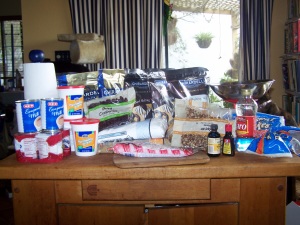
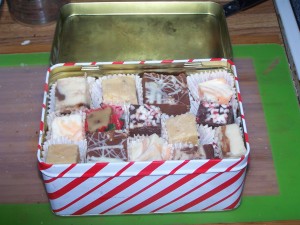
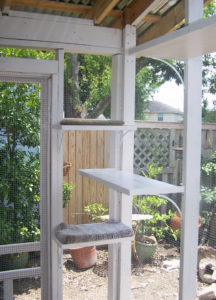
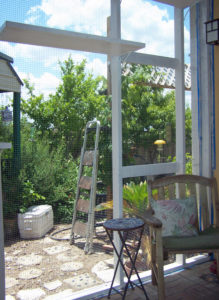
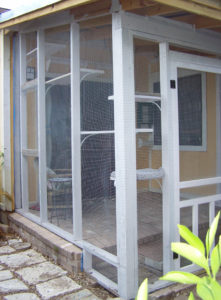
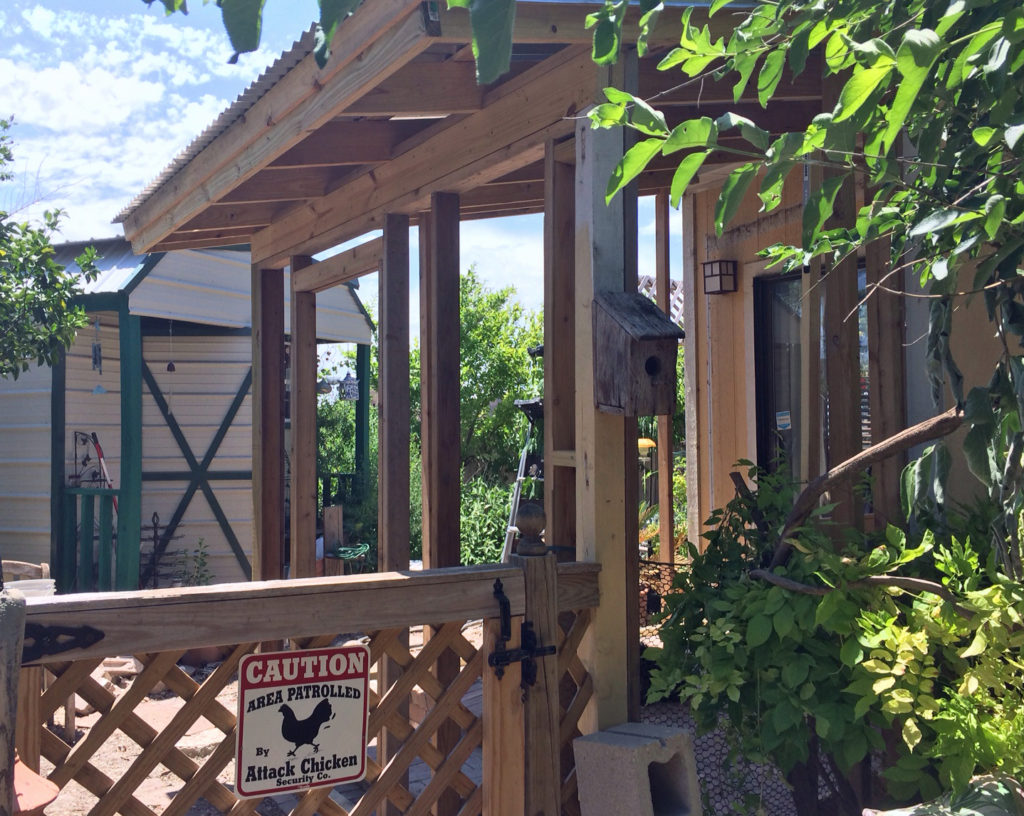

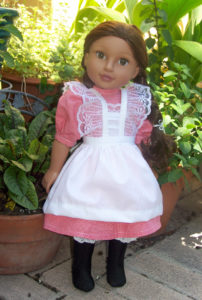
Recent Comments